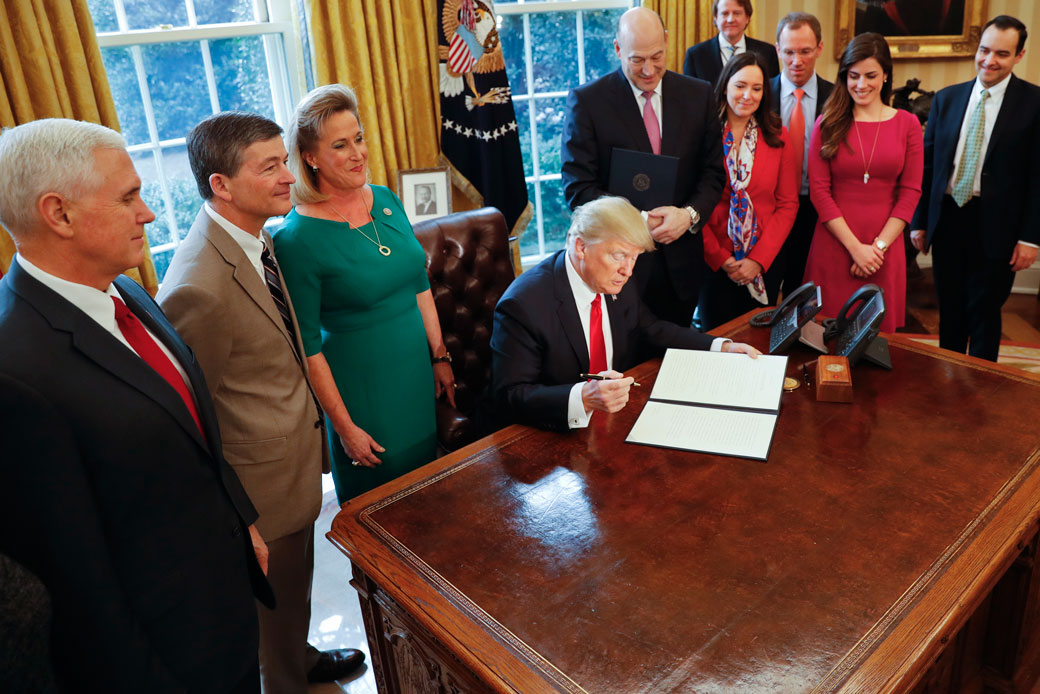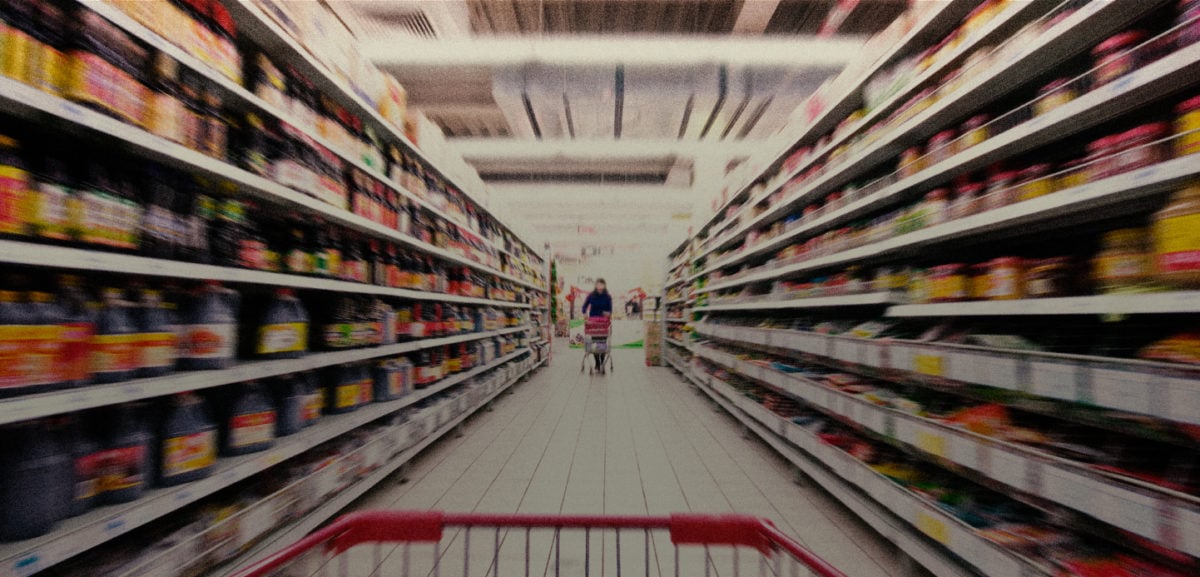
Report on Humanitarian Aid Challenges and Sustainable Development Goals Amid USAID Funding Cuts
Introduction
In northeast Nigeria, critical stocks of therapeutic food aimed at treating malnourished children and pregnant women are depleting rapidly. This situation highlights urgent challenges faced by humanitarian organizations in maintaining essential aid programs, particularly in the context of funding disruptions caused by recent policy changes in the United States.
Impact of USAID Funding Suspension on Humanitarian Projects
Action Against Hunger (ACF), a nonprofit organization, has been running a malnutrition treatment project heavily reliant on funding from the US Agency for International Development (USAID). However, intermittent suspensions of USAID funding have severely limited ACF’s ability to procure therapeutic food sachets during peak malnutrition seasons.
This disruption exemplifies the broader crisis affecting numerous lifesaving aid projects, which are now in limbo and urgently require additional resources to continue operations. The dismantling of USAID under the previous US administration has been a significant factor in these funding challenges.
Formation of Project Resource Optimization (PRO)
In response, a coalition of former USAID staff members has initiated Project Resource Optimization (PRO), aiming to bridge the gap between large donors and cost-effective humanitarian projects that are currently underfunded.
Robert Rosenbaum, a former USAID portfolio manager and PRO leader, emphasized the initiative’s primary goal: “to save as many lives as possible.” He highlighted the critical nature of these projects and the human cost of funding halts.
PRO’s Strategy and Donor Engagement
- Vetting of USAID partner projects that lost funding abruptly.
- Creation of the Urgent & Vetted Projects list to prioritize critical programs.
- Facilitating matchmaking between donors and projects to optimize funding impact.
- Launching an online crowdfunding tool to enable smaller donors to contribute directly to vetted projects.
This approach has attracted interest from private philanthropists who have committed significant funds, expanding the pool of international aid beyond traditional government sources.
Alignment with Sustainable Development Goals (SDGs)
The efforts of PRO and partner organizations directly contribute to multiple United Nations Sustainable Development Goals, including:
- SDG 2: Zero Hunger – by addressing malnutrition and food insecurity in vulnerable populations.
- SDG 3: Good Health and Well-being – through medical consultations, disease prevention, and maternal and child health services.
- SDG 6: Clean Water and Sanitation – via programs supporting access to clean water and sanitation facilities.
- SDG 17: Partnerships for the Goals – by fostering collaboration between donors, NGOs, and governments to sustain humanitarian aid.
Case Studies of Impact and Challenges
Mali: Alliance for International Medical Action (ALIMA)
ALIMA faced the risk of suspending vital healthcare services for children under five, pregnant women, breastfeeding mothers, and internally displaced people due to USAID funding cuts. Over half of ALIMA’s Mali operating budget was dependent on USAID.
Thanks to a new grant influenced by PRO’s analysis, ALIMA will now provide:
- 70,000 medical consultations
- Treatment for over 5,000 children with severe acute malnutrition
Carlota Ruiz, head of grant management at ALIMA, noted the importance of maintaining credibility and relationships with local health authorities and communities, which are jeopardized by funding suspensions.
Nigeria: Action Against Hunger (ACF)
ACF is close to securing funding to continue one of its malnutrition projects, focusing on procuring ready-to-use therapeutic food (RUTF). The timing is critical as June through September represent the highest months for malnutrition and food insecurity in Nigeria.
While this funding will sustain lifesaving activities for thousands of children, ACF’s broader programs providing food assistance, clean water, sanitation, and health clinic support remain underfunded.
Operational Efficiencies and Risks
PRO leverages existing infrastructure and trained staff established through prior USAID funding, which reduces fixed costs for donors. However, the cost of shutting down these projects is extraordinarily high, as rebuilding trust and operational capacity with local communities and authorities can take years.
Conclusion and Call to Action
Humanitarian projects supported by PRO and partner organizations are at a critical juncture. Without timely funding, many programs risk closure, threatening the health and survival of vulnerable populations. The initiative’s model of connecting donors with vetted, cost-effective projects offers a vital pathway to sustain progress toward the Sustainable Development Goals.
Stakeholders are encouraged to contribute to the PRO Rapid Response Fund to ensure continuity of essential humanitarian aid in countries including Sudan, Haiti, Nigeria, and Mali.
1. Sustainable Development Goals (SDGs) Addressed or Connected to the Issues Highlighted in the Article
- SDG 2: Zero Hunger
- The article discusses combating malnutrition in children and pregnant women, highlighting the urgent need for therapeutic food and nutrition programs.
- SDG 3: Good Health and Well-being
- Medical care for children under five, pregnant women, and breastfeeding mothers is provided through mobile health clinics and consultations.
- Disease prevention and health services are emphasized.
- SDG 6: Clean Water and Sanitation
- Programs supporting clean water and sanitation in northern Nigeria are mentioned.
- SDG 1: No Poverty
- The article references efforts to tackle extreme poverty through aid projects.
- SDG 17: Partnerships for the Goals
- The initiative to connect donors with cost-effective projects and the collaboration between former USAID staff and partner organizations reflect partnerships for sustainable development.
2. Specific Targets Under Those SDGs Identified Based on the Article’s Content
- SDG 2: Zero Hunger
- Target 2.1: End hunger and ensure access by all people to safe, nutritious and sufficient food all year round.
- Target 2.2: End all forms of malnutrition, including achieving targets on stunted and wasted children under 5 years of age.
- SDG 3: Good Health and Well-being
- Target 3.1: Reduce the global maternal mortality ratio.
- Target 3.2: End preventable deaths of newborns and children under 5 years of age.
- Target 3.3: End epidemics of communicable diseases and strengthen prevention and treatment.
- SDG 6: Clean Water and Sanitation
- Target 6.1: Achieve universal and equitable access to safe and affordable drinking water.
- Target 6.2: Achieve access to adequate and equitable sanitation and hygiene.
- SDG 1: No Poverty
- Target 1.2: Reduce at least by half the proportion of men, women and children living in poverty in all its dimensions.
- SDG 17: Partnerships for the Goals
- Target 17.16: Enhance the global partnership for sustainable development, complemented by multi-stakeholder partnerships.
- Target 17.3: Mobilize additional financial resources for developing countries from multiple sources.
3. Indicators Mentioned or Implied in the Article to Measure Progress Towards the Identified Targets
- Malnutrition and Food Security Indicators
- Number of children treated for severe acute malnutrition (e.g., 5,000 children treated by ALIMA in Mali).
- Availability and distribution of ready-to-use therapeutic food (RUTF) sachets.
- Seasonal trends in malnutrition rates (e.g., peak months June to September in Nigeria).
- Health Service Delivery Indicators
- Number of medical consultations provided (e.g., 70,000 consultations by ALIMA in Mali).
- Access to mobile health clinics for internally displaced persons and vulnerable populations.
- Continuity and coverage of health programs for pregnant women, breastfeeding mothers, and children under five.
- Funding and Resource Mobilization Indicators
- Amount of funding secured or lost due to aid cuts (e.g., USAID funding suspensions).
- Number and value of donations from private donors and foundations.
- Number of projects sustained or at risk of closure due to funding gaps.
- Water and Sanitation Indicators
- Access to clean water and sanitation services in supported regions (implied through program support in northern Nigeria).
4. Table: SDGs, Targets and Indicators
| SDGs | Targets | Indicators |
|---|---|---|
| SDG 2: Zero Hunger |
|
|
| SDG 3: Good Health and Well-being |
|
|
| SDG 6: Clean Water and Sanitation |
|
|
| SDG 1: No Poverty |
|
|
| SDG 17: Partnerships for the Goals |
|
|
Source: cnn.com







